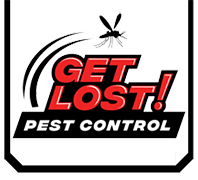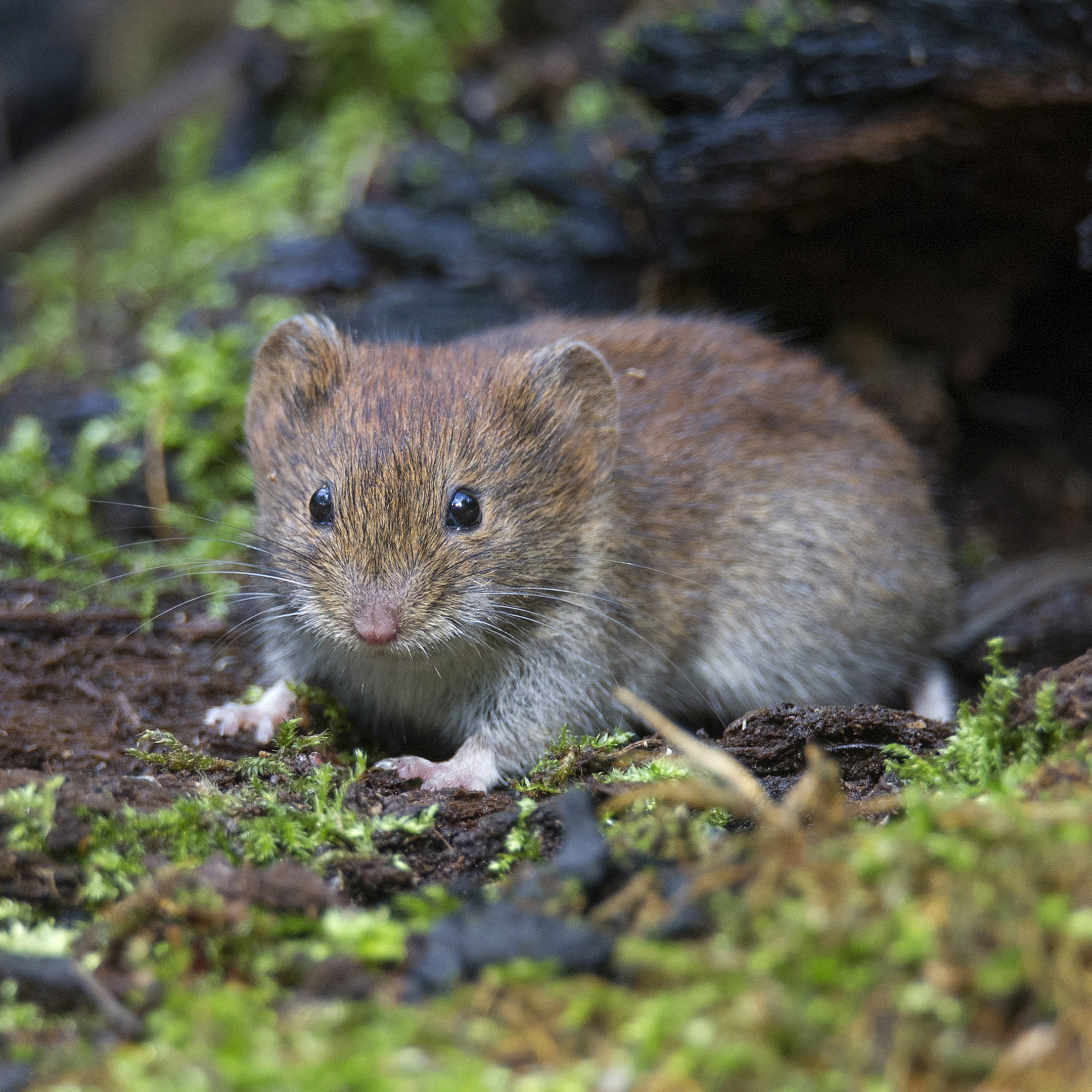Meridian Pest Control
Have you ever found a mouse scurrying across your kitchen? Or pesky ants that have found their way inside? There can be many factors about a property that can attract a variety of different pests. Naturally, no one wants pests sticking around where they live and eat. Pests can carry diseases and can quickly make…
Details



